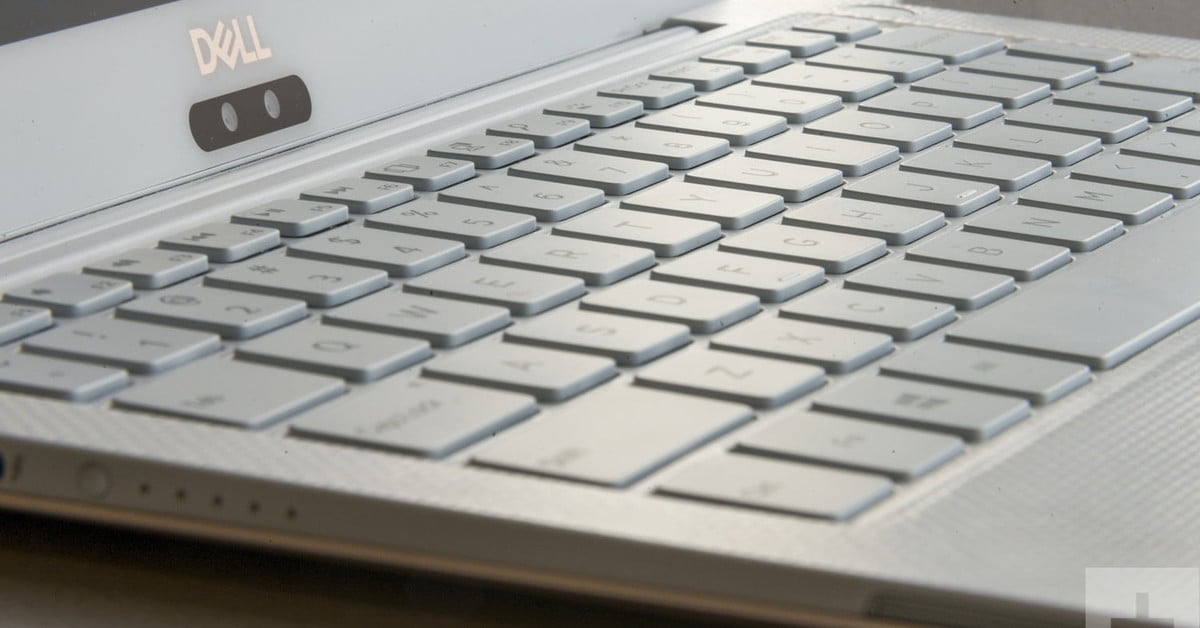Are you tired of having to right-click and search for the simple command you want to be able to do, like cut, copy, and paste? While not super labor-intensive, it can become annoying to have to click twice each time you want to perform one of these actions.
If you’re not using shortcut commands, you’re missing out on an easy way to save some time and effort. Read on to learn simple commands that combine Control (Ctrl) and other keys to cut, copy, paste, and even undo actions across Windows apps.
Cut (Ctrl + X)

This shortcut key for cutting has no alternative inputs (Shift + Delete was once a thing, but is now used for other commands). Note that cutting text will delete that text at the target location, but you can paste it multiple times in other areas since a version of that text remains stored on your clipboard. This is a great way to rearrange text in a report, or take a piece of information from one area and populate multiple forms with that same data.
Remember that Windows does not automatically keep a history of items on your clipboard. If you cut text and then cut a second piece of text, the first content will often be lost. However, the oft-delayed October 2018 update introduced an extended clipboard with history, so you can go back and re-paste something that was long-since replaced on the immediate clipboard. You can currently access your clipboard history on Windows 10 by using the following shortcut: Windows key + V. You may be prompted to enable (grant permission for) the tracking of your clipboard history when you first use this shortcut. This shortcut opens a small window that shows a list of things you’ve copied to the clipboard. Selecting a previously copied item from the list will paste it again.
Copy (Ctrl + C)

Alternatively, you can also use Ctrl + Insert. Insert is found on expanded keyboards that include number pads (usually on zero) or alongside the Home key, and may be a more useful option if you are dealing with a lot of numeric data and your fingers rarely leave the number pad.
As with cutting, if you aren’t running a recent version of Windows, make sure that you understand that when something is copied, it replaces whatever else was on your clipboard before.
Paste (Ctrl + V)

Alternatively, you can use Shift + Insert, which again may be more useful if you spend a lot of time on the numeric keypad. The content will be pasted wherever your cursor is, so make sure you’ve picked the right spot. Remember that formatting and spacing frequently carry over with the text, which may lead to a couple of formatting issues when pasting into a new field or form. You can usually copy and paste an unformatted version of the text to help avoid these issues.
Undo (Ctrl + Z)

This will undo the last action you made in your document. If you were typing, it will remove the last section of text you typed without pausing, which could be fairly long. Most Windows applications support repeated undo commands, which means you can delete your last action, the one before that, and the one before that, and so on, as long as the history of your actions has been kept. Adobe Photoshop, for example, lets you do so by pressing Ctrl + Alt + Z.
Unfortunately, the functionality isn’t universal with every app. Before trusting it in a higher-stakes scenario, you should confirm that the commands are supported by your app.
Extra tip on working between apps
No matter which version of Windows OS app you choose to use, you will always see the options cut, copy, paste, and undo in a standardized manner.
In each setting, the keyboard shortcuts always do the same thing. You can follow the standard solution of hitting Ctrl+ and the assigned letter to complete a specific task. This is true whether you are writing a spreadsheet, drafting an email, or fabricating a Word document.
The online forms and web apps are less reliable. Many of them support these shortcuts, but there are never any guarantees. Before wholeheartedly trusting these functions, give the new app a few test runs. Mess with the commands as thoroughly as possible to ensure that the performance is both user-friendly and reliable.
Editors’ Recommendations
